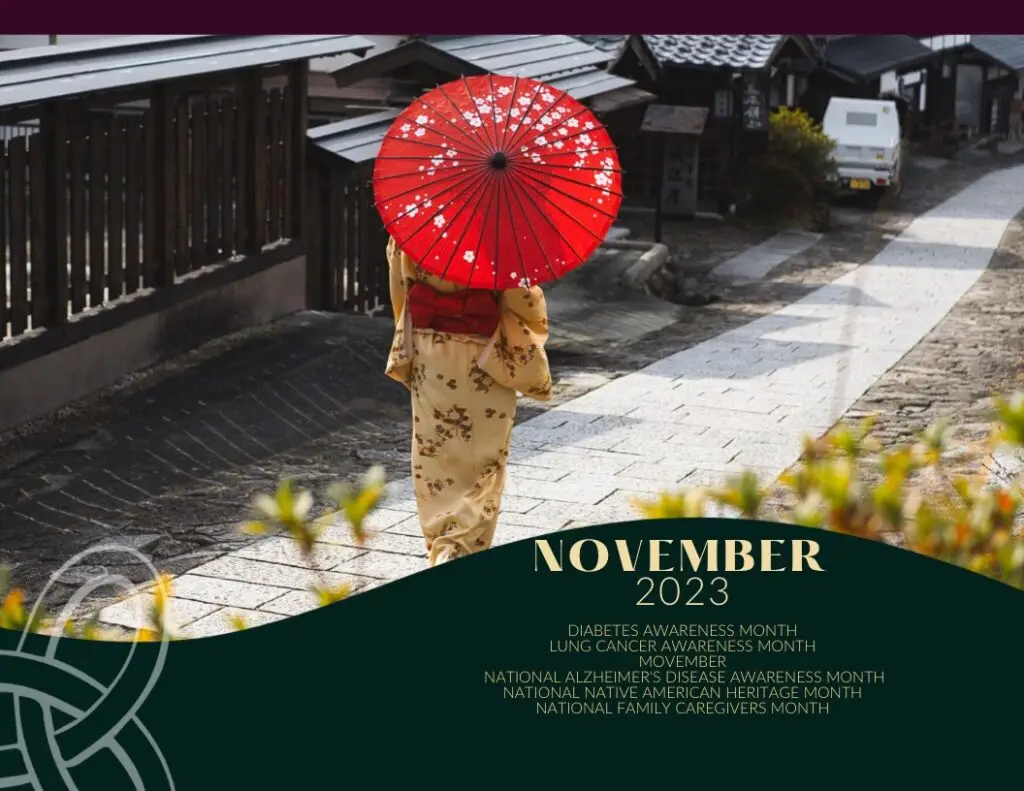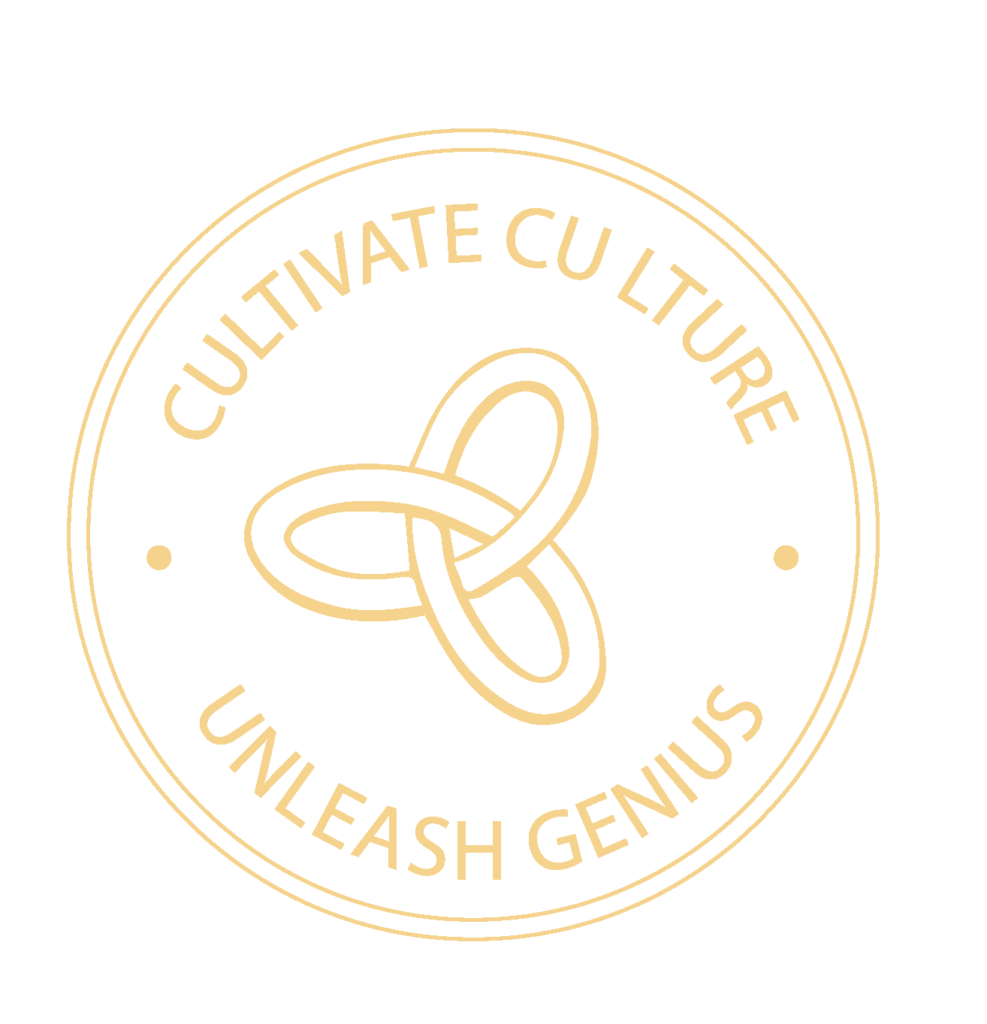Month-long observances:
Diabetes Awareness Month
1 in 10 Americans have diabetes. November is dedicated to raising awareness, sharing resources for prevention, and building a community to support each other while advocating for a cure.
Observance Suggestion: Every year, the American Diabetes Association creates a campaign with valuable resources for treatment, prevention, and advocacy. Kick-off November by sharing those resources alongside any additional healthcare support your organization provides.
Movember (awareness of men’s health issues, such as prostate cancer)
This month, men put their razors down and let their facial hair grow, drawing awareness and raising funds supporting men’s health – particularly prostate and testicular cancer, mental health, and suicide prevention.
Observance Suggestion: Not just for mustache growers anymore, the Movember Foundation offers a variety of ways to raise funds and awareness as individuals or groups. Consider matching funds raised for employees who participate.
American Indian and Alaska Native Heritage Month/Native American Heritage Month
This month, we celebrate the rich and diverse traditions of indigenous people. It’s also a time to call attention to the ongoing struggles and oppression indigenous peoples continue to face – and the strength with which they defend their culture.
Observance Suggestion: Research the indigenous peoples who first settled the land where your organization is based, and how you can support the issues and causes they’re working for. Invited any employees of indigenous descent to share their culture and history at an informal event.
Important D&I calendar dates:
November 1-2 – Dia de los Muertos begins (same every year)
Day of the Dead is a traditional Mexican holiday that celebrates their ancestors by setting up altars with favorite foods, drinks, and photos. While focused on honoring the dead, it’s a day full of lively celebration including laughter and joy.
Observance Suggestion: Dia de los Muertos is one of many global traditions taking place between October 31 and November 2nd that may include time for family celebration and reflection. Make sure to recognize all the diverse ways this period is celebrated around the world.
November 1 & 2 – All Saints’ Day & All Souls’ Day(Roman Catholic) (same every year)
All Saints’ Day is a holy celebration designed to honor all Catholic saints, even those only known to God, and is followed by All Soul’s Day, a time for the living to honor the dead.
Observance Suggestion: All Saints’ and All Souls’ Days are one of many global traditions taking place between October 31 and November 2nd that may include time for family celebration and reflection. Make sure to recognize all the diverse ways this period is celebrated around the world.
Important D&I calendar dates:
November 1 – National Stress Awareness Day
National Stress Awareness Day is designed to help people identify the stresses in their lives and take the time to effectively combat them so it doesn’t continue to do harm.
Observance Suggestion: Provide employees with events and resources that make it easier to identify the early warning signs of the negative effects of stress. Include support for employees to reduce stress and improve their mental and physical health that lasts beyond Stress Awareness Day.
November 9 – World Freedom Day (same every year)
World Freedom Day commemorates the fall of the Berlin Wall and the historic and courageous fight for freedom that led to its collapse and the end of an oppressive regime. It also serves as a reminder that the fight for democratic freedom never ends.
Observance Suggestion: The fall of the Berlin Wall was a memorable moment for many of your employees, and happened before many others were even born. Consider hosting an informal event to recollect and discuss this pivotal historical event.
November 9 – World Adoption Day (same every year)
On this day, we lift up all the voices in the adoption community. But we must not forget that this journey is emotional from the start and may be a difficult transition for everyone involved.
Observance Suggestion: Allow individuals whose lives were positively impacted by adoption to share their stories at an informal event.
November 10 – Veterans Day
This day serves as a tribute to the United States military veterans. Not to be confused with Memorial Day, Veterans Day honors to all men and women who served in the armed forces, not just those who died. As a Federal holiday, most businesses give their employees days off and provide extra support to military organizations.
Observance Suggestion: Take the time to recognize veterans among your employees and provide an opportunity for them to share their experiences.
November 12– Diwali (Hindu)
Observed by more than a billion people, Diwali celebrates the triumph of light over darkness. A 5-day festival of lights, Diwali is one of the most important celebrations for the Hindu, Sikh, and Jian faiths.
Observance Suggestion: Be sure to allow employees who observe Diwali the flexibility to participate in the rituals and traditions that are most important to them.
November 13 – World Kindness Day (same every year)
World Kindness Day seeks to shine a light on the power of kindness all over the world. This day encourages people to do random acts of kindness, doing things for others without expecting anything in return.
Observance Suggestion: Challenge leaders to create random acts of kindness for their teams. Host a discussion about the difference between “nice” and “kind.” Share ways to engage from the Random Acts of Kindness Foundation.
November 16 – International Day for Tolerance (same every year)
Just because we are living in a world where people are more connected through work, relationships, and technology, it doesn’t mean we live in a world where there is more understanding. Tolerance isn’t just about accepting each other. It’s about actively respecting others, regardless and because of their differences.
Observance Suggestion: Bring in a speaker to lead a discussion about what tolerance means and how you can create a space of tolerance and respect for all.
November 19 – Women’s Entrepreneurship Day
Worldwide, women account for about 85% of global spending. And thanks to the obvious gender pay gaps, more and more women have left the corporate world and created their own businesses. Women everywhere are becoming profitable entrepreneurs, making a huge impact and contribution to our financial environments.
Observance Suggestion: Search for women-owned businesses you can support by working with them as suppliers or partners.
November 19 – International Men’s Day (same every year)
International Men’s Day celebrates the positive male role models all over the world. The fathers who raise kind children, the sons who practice honest respect, and the men who actively understand and practice equal rights for both men and women.
Observance Suggestion: Host a seminar or conference for employees to connect on a real level. Bring in an equal rights speaker to hear how to support those who are fighting for equal rights within your community.
November 20 – Transgender Day of Remembrance (same every year)
Transgender Day of Remembrance offers a day to reflect and honor the lives of transgender people who lost their lives to the hate crime of discriminatory violence.
Observance Suggestion: Raise awareness of the tragic consequences of anti-trans discrimination with your employees and share resources for how they can learn more and support the trans and LGBTQIA+ community.
November 20 – World Children’s Day (Human Rights, U.N.) (same every year)
Since it was established in 1954 to commemorate the UN’s Declaration on the Rights of the Child, World Children’s Day shines a light on the impact children have on the choices made by adults, and the impact those choices have on our children.
Observance Suggestion: Recognize how your organization impacts children’s lives either directly through your products or services or indirectly through the way you support employees with children in their care. Engage in a study, host a panel discussion, or implement a new policy based on that impact.
November 23 – Thanksgiving/Indigenous People Day
Today, while many Americans sit down at a table full of turkey and potatoes, please keep in mind that it’s also a Day of Mourning. We at Culture Refinery are taking a moment to remember the millions of people who were murdered by colonists. And we stand by those who see this as a day of no thanks and no giving.
Observance Suggestion: Use today as an opportunity to come together and remember the honest history of the day. Support protestors by either participating or funding, if possible.
November 26 – Day of the Covenant (Baha’i)
This day celebrates the appointment of ‘Abdu’l-Bahá as the Centre of Baha’u’llah’s Covenant. This protects the Baha’i religion from alienation by preserving it through unity and celebration. It’s also known as The Greatest Festival because He was the Greatest Branch.
Observance Suggestion: Allow employees of the Baha’i faith the flexibility to observe.
November 28 – Ascension of Abdu’l-Baha (Baha’i) (same every year)
This holiday commemorates the death of the eldest son and successor of Baha’u’llah (the co-founder of the Baha’i faith.) People wanted to celebrate ‘Abdu’l-Bahá on his birthday, but he refused since it was already an important celebration within their faith, so he chose this day instead.
Observance Suggestion: Allow employees of the Baha’i faith the flexibility to observe.
November 30 – Native Women’s Equal Pay Day
We know you’ve heard about gender gaps before. However, there is a strikingly large gap when you look at pay for indigenous women. For every dollar a white man makes, a native woman makes 60 cents. Meaning, that Native women will earn as much as the same man’s yearly salary after 20 additional months of work.
Observance Suggestion: Find Native Woman-owned businesses and support them as partners or suppliers.




